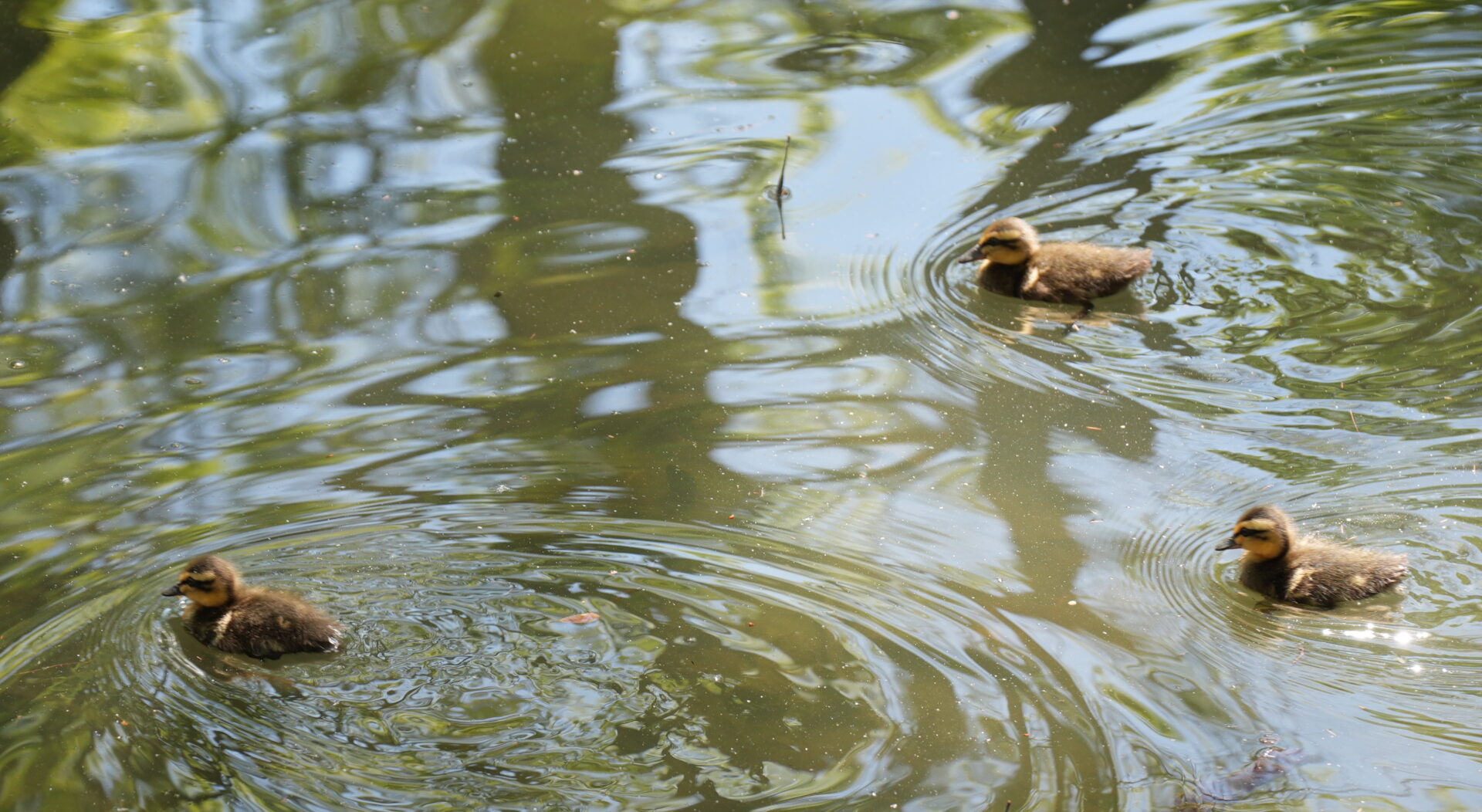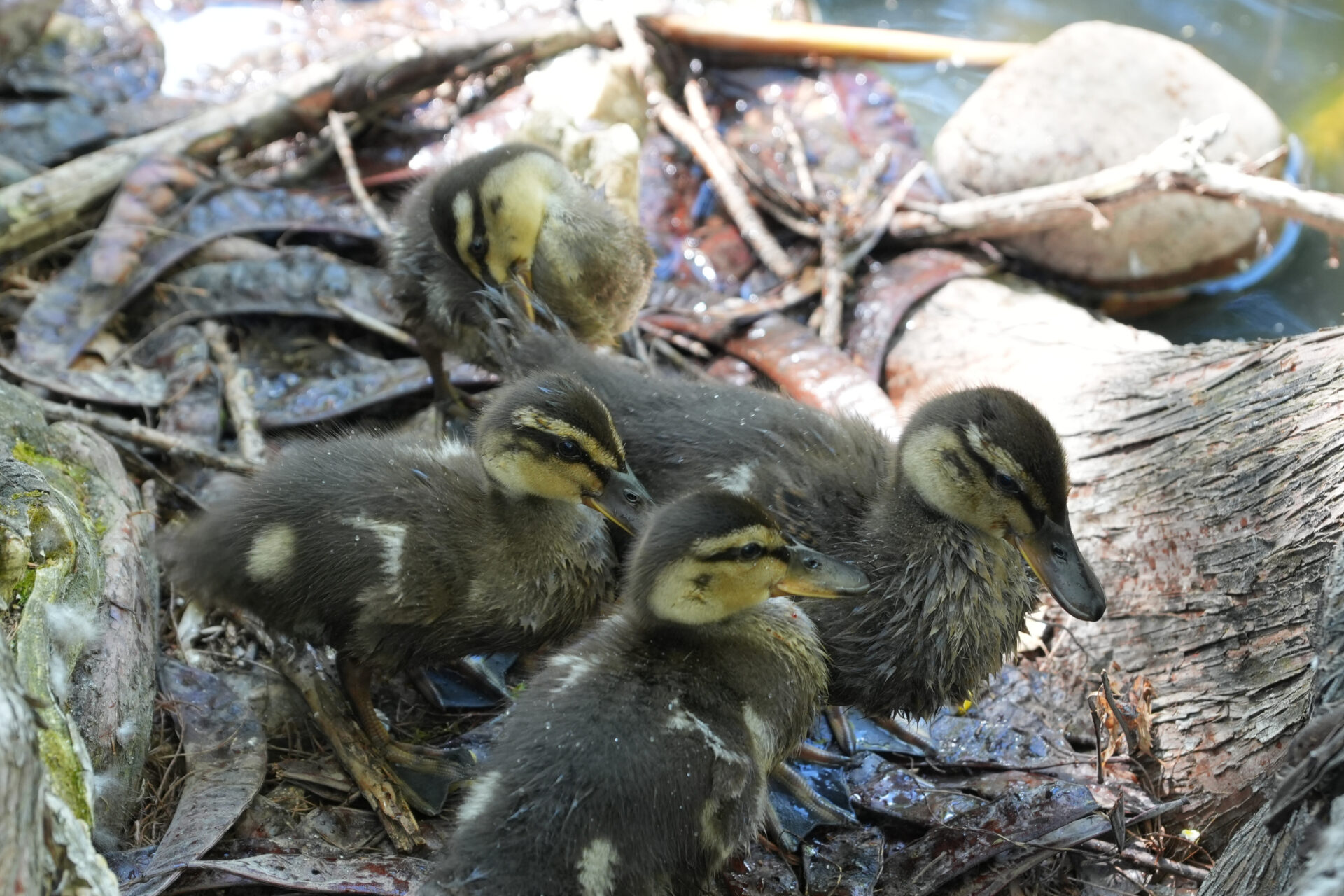While humans give birth all year round, most animals give birth during the spring months and BYU campus is no different.
During the spring, the longer days, warmer temperatures and abundance of flowers and plants give animals the best chance for survival when it comes to raising new babies in the wild. Take, for example, baby ducks.
Each spring, BYU students have the chance to watch new baby ducks grow up near the duck pond on the south side of campus.

The life of a duck
In late February, ducks begin the laying process, typically laying one to two eggs a day, until there is about a dozen in the nest.
The embryo doesn’t start developing until all of the eggs are laid and the mother starts the incubation process, so weather doesn’t matter at this point.
When the mother finally starts the incubation process, it takes approximately 25-30 days before the eggs begin to hatch. The mother only leaves the nest a couple of times a day to find food and stretch her legs during this period.
According to the Wildlife Rescue Association, it takes about 50 days from the time the ducklings hatch to the time they fly and become independent.
That’s just six days shy of BYU’s spring term.

What to feed ducks
It can be fun to take a break from classes, stroll down to the pond and watch or even feed the baby ducks and their moms.
But what should ducks really be eating?
Bread is used most commonly to feed ducks, but that may do more harm than good.
“Feeding ducks bread is bad because the food has little nutritional value and can harm ducklings’ growth, pollute waterways and attract rodents and other pests,” Melissa Mayntz, naturalist and birder, said.
So what is good for ducks? Here are seven safe and healthy foods for ducks.

Five fun facts
Along with knowing what to feed ducks, here are five additional fun facts about these water birds.

- “Adult female ducks often return to former breeding sites,” Tina Yerkes, former director of conservation programs and planning at Ducks Unlimited, said. So if you miss the ducklings this year, you can get another chance next spring.
- Baby ducks can communicate with each other while they are still in their eggs. This helps them to all hatch at the same time.
- Ducks, just like people, have different regional accents depending on where they live.
- Ducks can sleep halfway. While one side of their brain is awake and alert, the other side can be sleeping.
- Ducks can live up to twenty years, so it’s possible the ducks that BYU students see at the duck pond now are the same ones their parents saw if they were students at BYU.





